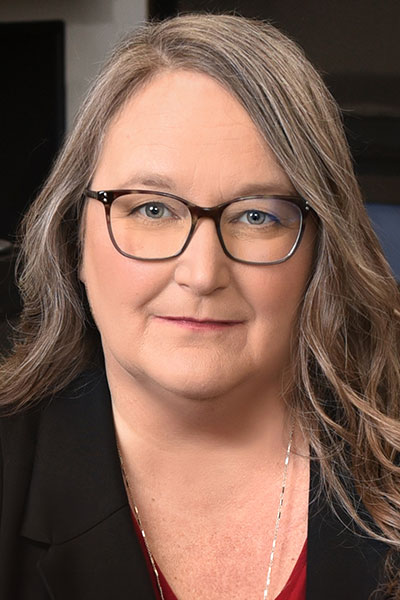Mixed connective tissue disease (MCTD) is a rare systemic autoimmune disease. However, the lack of unique clinical features, inter-patient heterogeneity, overlap of main features with other connective tissue disease (CTD), and a historical view in which MCTD was subsumed into undifferentiated CTD, has generated confusion, as well as debate, around MCTD as a distinct disease entity.
Whether it can be classified as an independent disease will be addressed in this year’s Great Debate: MCTD: Is It Just Letters?, to be held on Sunday, Nov. 17, from 3:30–4:30 p.m. ET in Hall D/E of the Walter E. Washington Convention Center.

It will be an exciting session because attendees will hear the perspectives of experienced clinical investigators with expertise in the diseases that MCTD often looks like, such as systemic sclerosis (SSc), lupus, or myositis, said Judith James, MD, PhD, Professor of Medicine, Oklahoma University Health Sciences Center, and Program Chair for the Arthritis and Clinical Immunology Research Program, Oklahoma Medical Research Foundation.
“MCTD is sometimes very confusing, because for many years, there was not even a diagnostic code that you could pick from the EMR (electronic medical records),” said Dr. James, who will take the position that MCTD is not a unique rheumatic disease. “Many patients who end up in the MCTD bucket have overlap syndromes associated with two different autoimmune diseases, but don’t have anti-U1-ribonucleoprotein (RNP) antibodies and do not meet the criteria for MCTD.”
MCTD is a misnomer, according to Oliver Distler, MD, Professor of Rheumatology, University of Zurich, Switzerland, who will take the position that MCTD is a unique rheumatic disease, as this disease is clinically linked to the presence of anti-U1RNP antibodies. Indeed, all patients with MCTD, he said, have elevated anti-U1RNP, and if present as a single autoantibody, MCTD is associated with a specific disease presentation.

“Simply said, the name MCTD itself is a disaster because it’s not a mixture of CTDs but thought to be a well-defined disease entity on its own with a characteristic clinical presentation,” Dr. Distler said. “All connective tissue diseases have overlapping symptoms and manifestations. This is not surprising and not unique for MCTD. Once the diseases are fully developed or in their mature form, the presentation is more clearly defined and diagnosed or differentiated more easily.”
Peter Izmirly, MD, Professor, Department of Medicine, NYU Grossman School of Medicine, and Co-Director, NYU Lupus Clinic, will review evidence suggesting that MCTD is not an independent disease entity.
“In most cases it is, rather, SSc, lupus, inflammatory myositis (IM), or an overlap between these diseases. The U1-RNP antibodies that characterize MCTD are also seen in lupus, scleroderma, IM, and even in up to 0.2% of healthy reproductive-age women,” he said.

Dr. Distler agreed that anti-U1-RNP antibodies occur in other autoimmune diseases — for example, about 20% of patients with SSc have these antibodies. But he said research suggests that the presence of anti-U1-RNP antibodies in patients with other diagnoses may represent clinical subsets with distinct phenotypes, such as an increased risk of lung fibrosis in U1-RNP antibody-positive SSc. In this context, the antibody does not define MCTD but rather a phenotypic entity embedded within the SSc spectrum.
“Regardless of whether the anti-U1-RNP antibody is present in isolation or embedded within a spectrum of autoimmune antibodies, assessing patients for the presence of this antibody can inform their clinical care,” he said.
Lisa Christopher-Stine, MD, MPH, Professor of Medicine, Department of Neurology, and Co-Founder and Director of the Johns Hopkins Myositis Center, also favors a view of MCTD as a distinct autoimmune disease. She will discuss evidence that most patients (about 71%) diagnosed with MCTD remain within that diagnostic group over a prolonged period, without disease evolution or feature development consistent with other autoimmune diagnoses.

“MCTD has been a topic of vehement debate even in our own division for years,” she said. “We are probably on the cusp of being able to answer [the question of its identity] a little more definitively, but we are still not quite there yet.”
Dr. Izmirly noted that a clinician’s expertise and/or opinions may color their perception of whether MCTD is a clearly defined, distinct disease.
Although the expertise of the clinician assessing the patient may inform their diagnostic perspective, Dr. Christopher-Stine said there are clinical/phenotypic features — such as puffy fingers, which are a hallmark of the disease — that frequently persist and often look different in MCTD than in other, overlapping autoimmune diseases.
One of the most important considerations that has come to the forefront in preparing for the Great Debate is that patients with MCTD are often excluded from autoimmune disease clinical trials, limiting the ability to discover and develop therapies that may benefit MCTD patients, Dr. Christopher-Stine said.
Dr. Izmirly pointed out another important consideration.
“Unlike cancer or infectious diseases, where there are biopsies, culture tests, diagnostic assessments, and/or biomarkers that can facilitate definitive identification — of tumor origin/profile or the infectious pathogen — many rheumatologic diseases lack such clear-cut tests or markers,” Dr. Izmirly said.
Apropos of this, Dr. James will focus on the molecular profile of patients diagnosed with MCTD and how it compares with those who have SSc, lupus, or myositis. She will address whether the molecular information provides the needed information to better select therapies for these patients.
“I think the biggest message for me in preparing for the debate was recognizing that the question of whether MCTD is a distinct disease is more than an academic exercise,” Dr. Christopher-Stine said. “We are probably ignoring a disease or subset because we cannot agree on what it is.”
She added that considering MCTD as a distinct entity may facilitate studies focused on patients with this rare disease and foster development of improved or targeted therapies.
On this, all presenters agree: More research equals better therapies, which equals improved patient care.
The debate will be available on demand within 48 hours for registered ACR Convergence 2024 participants.

Registered ACR Convergence 2024 Participants:
Watch the Replay
Select ACR Convergence 2024 scientific sessions are available to registered participants for on-demand viewing through October 10, 2025. Log in to the meeting website to continue your ACR Convergence experience.
